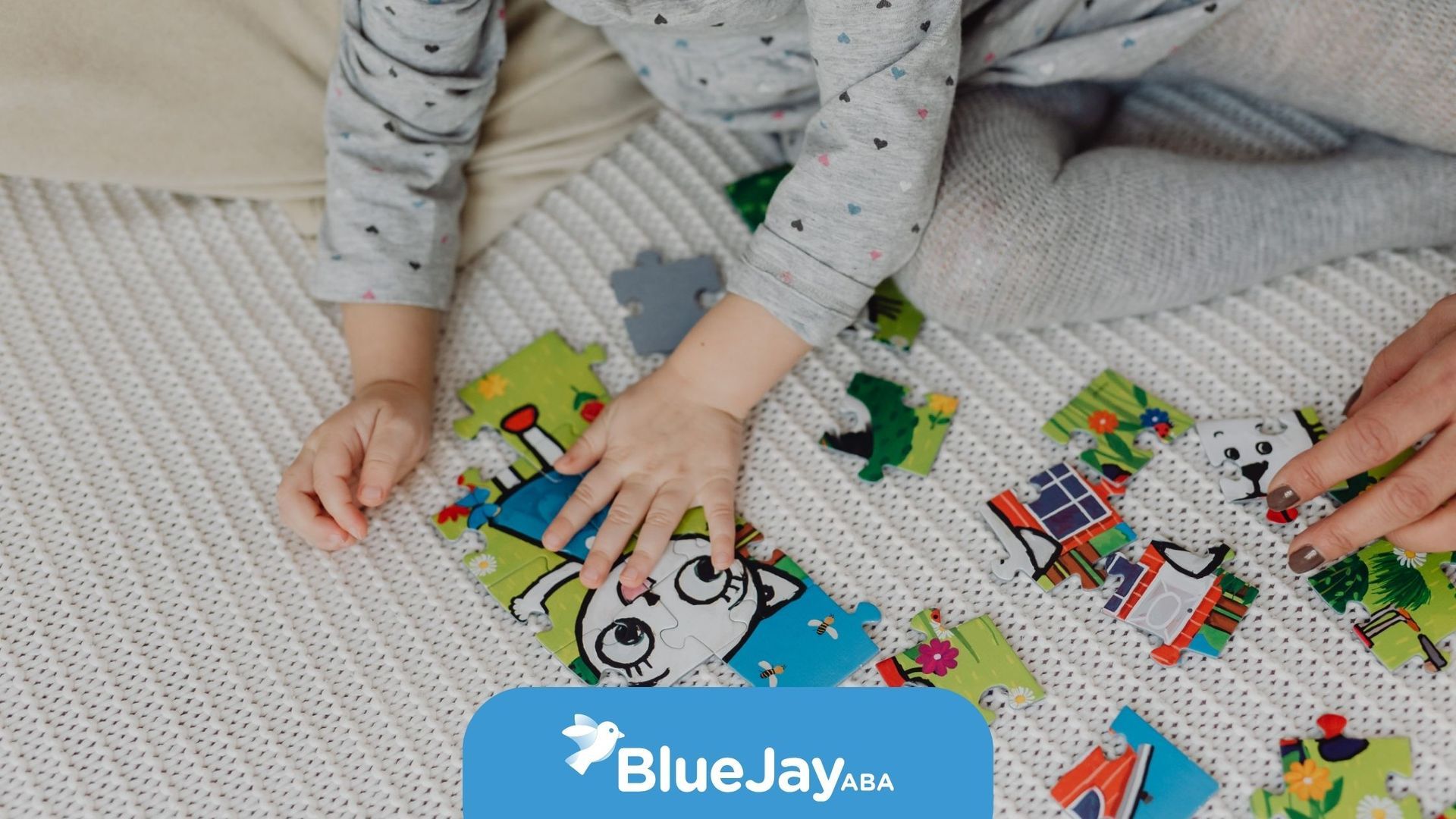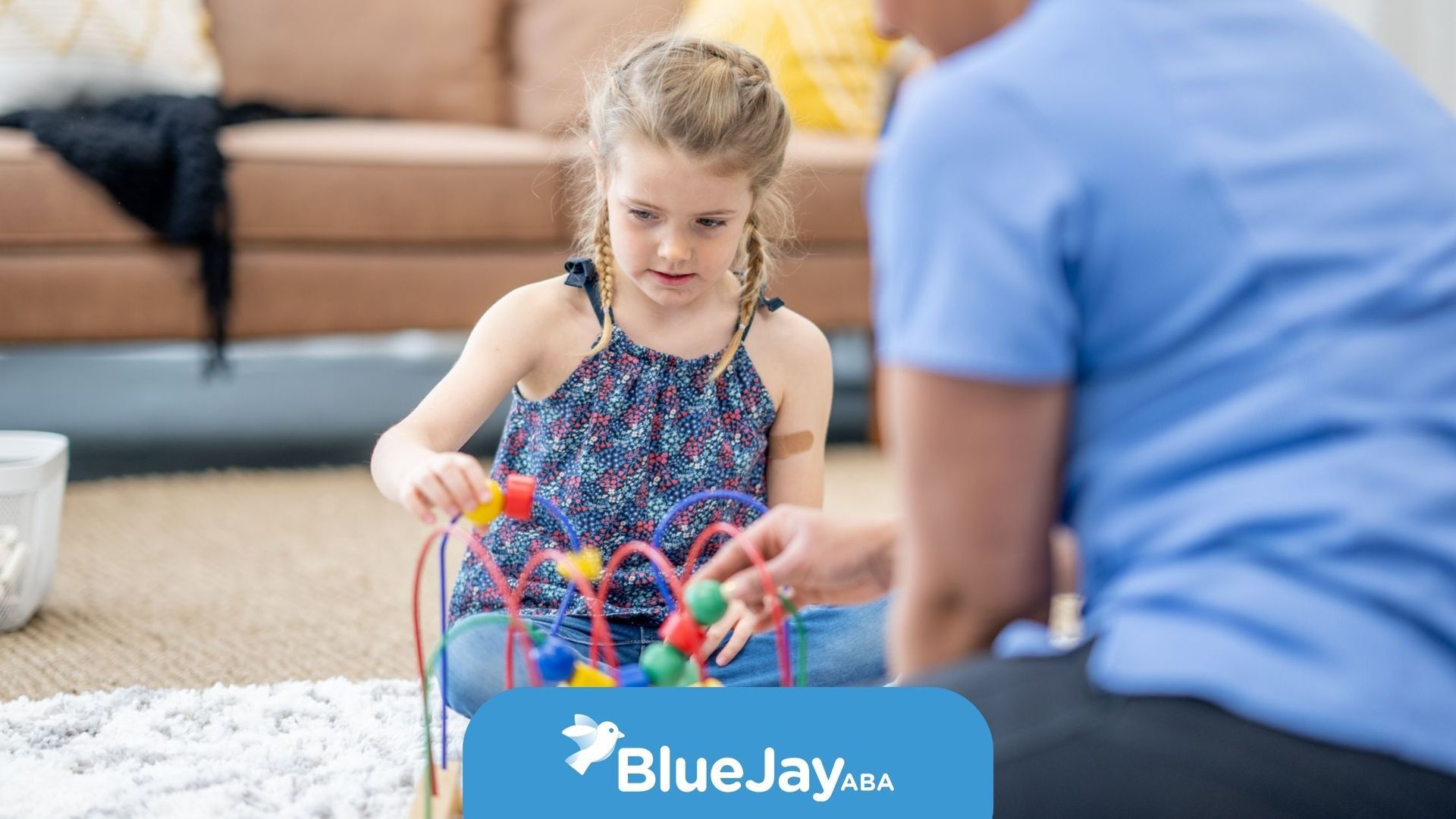What Autistic Routines Look Like and How They Support Daily Life
Autistic routines can be simple, comforting patterns that help the day feel steady and predictable. They often reduce stress and give kids (and adults) a sense of control.
These routines may look different from person to person, but they’re usually rooted in comfort and stability.
How Routines Show Up in Daily Life
Routines aren’t always strict schedules. Often, they’re small habits and familiar rhythms that make things feel easier.
Daily living routines
These are the little steps that help mornings, evenings, and transitions run smoothly.
Examples include:
- Eating the same breakfast each day
- Wearing favorite, familiar clothes
- Following a specific bedtime sequence
- Doing self-care tasks in a certain order
Comfort and interest-based routines
Some routines build around favorite activities or sensory needs. You might notice:
- Rewatching the same show in a preferred order
- Listening to a favorite song before starting something hard
- Carrying a comfort item
- Using sensory tools at predictable times
Social routines
These routines help communication feel more manageable.
They can include:
- Greeting people in the same way
- Asking familiar questions
- Using practiced phrases or scripts
Supporting Children Through Their Routines
When routines are understood and respected, kids feel safer and more confident. With the right support—like ABA therapy—they can also learn to handle small changes without feeling overwhelmed.
Helping children feel comfortable in their routines is an important part of what we do at Blue Jay ABA. We work with families across North Carolina to build helpful habits, reduce stress, and support meaningful growth.
We offer:
- Home-based ABA for learning in the comfort of home
- School-based ABA therapy for support in the classroom
- Telehealth ABA for flexible access to care
We also provide autism evaluation options, ABA assessment, and ABA parent training to guide families every step of the way.
If you’re ready to get support that truly meets your child where they are, reach out to us at Blue Jay ABA. We’re here to help.
FAQs
Why are routines so important for autistic children?
They help reduce anxiety, create predictability, and make transitions more manageable.
Can routines be flexible over time?
Yes. With gentle support, kids can learn to handle small changes without feeling overwhelmed.
How does ABA therapy support routines?
ABA helps build helpful habits, strengthen independence, and gradually increase flexibility in a supportive way.
Sources:
- https://www.autism.org.uk/advice-and-guidance/topics/about-autism/preference-for-order-predictability-or-routine
- https://www.appliedbehavioranalysisedu.org/why-is-routine-so-important-to-people-with-asd/
- https://www.leicspart.nhs.uk/autism-space/health-and-lifestyle/autism-and-visual-schedules/
- https://www.autismparentingmagazine.com/autism-routine-importance/
- https://www.simplypsychology.org/autism-changes-in-routine.html
Related Posts






